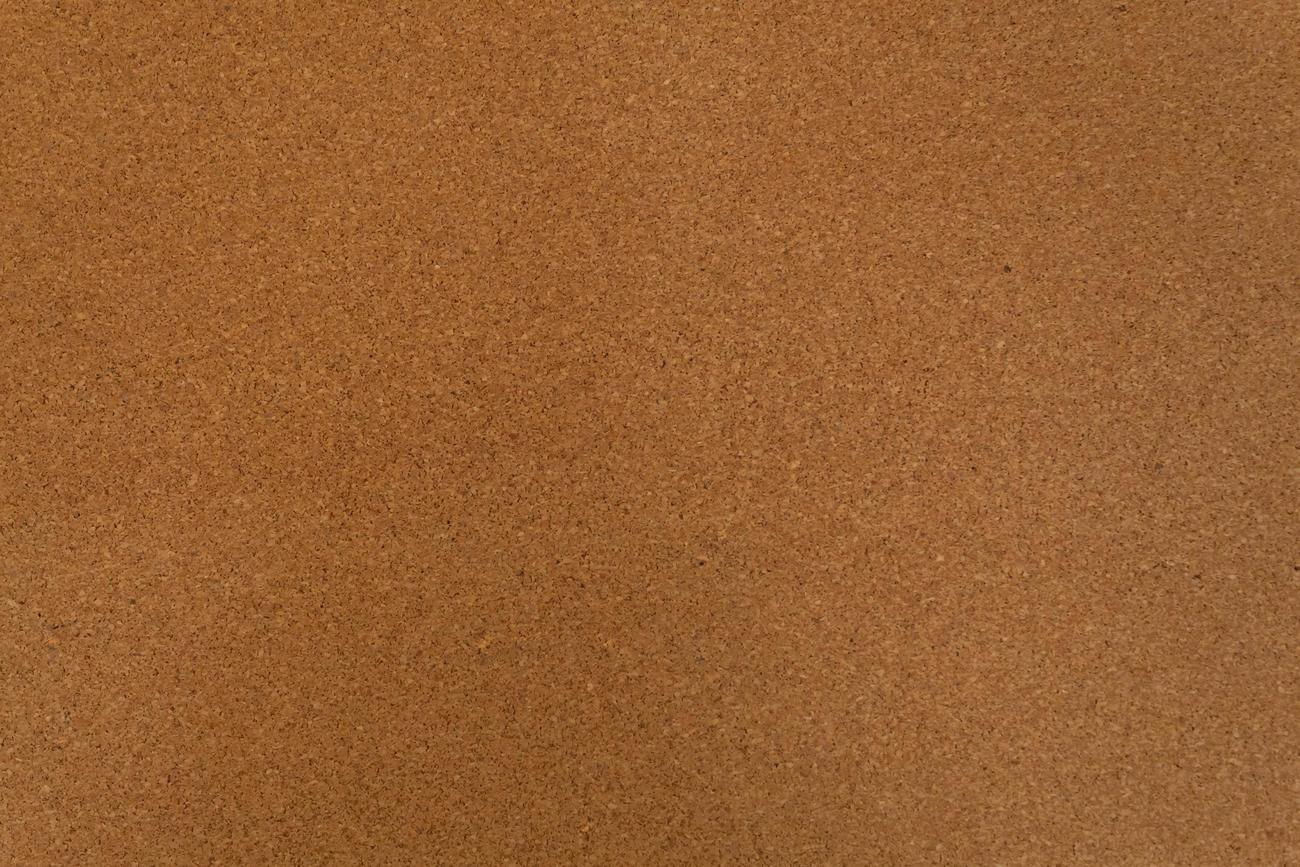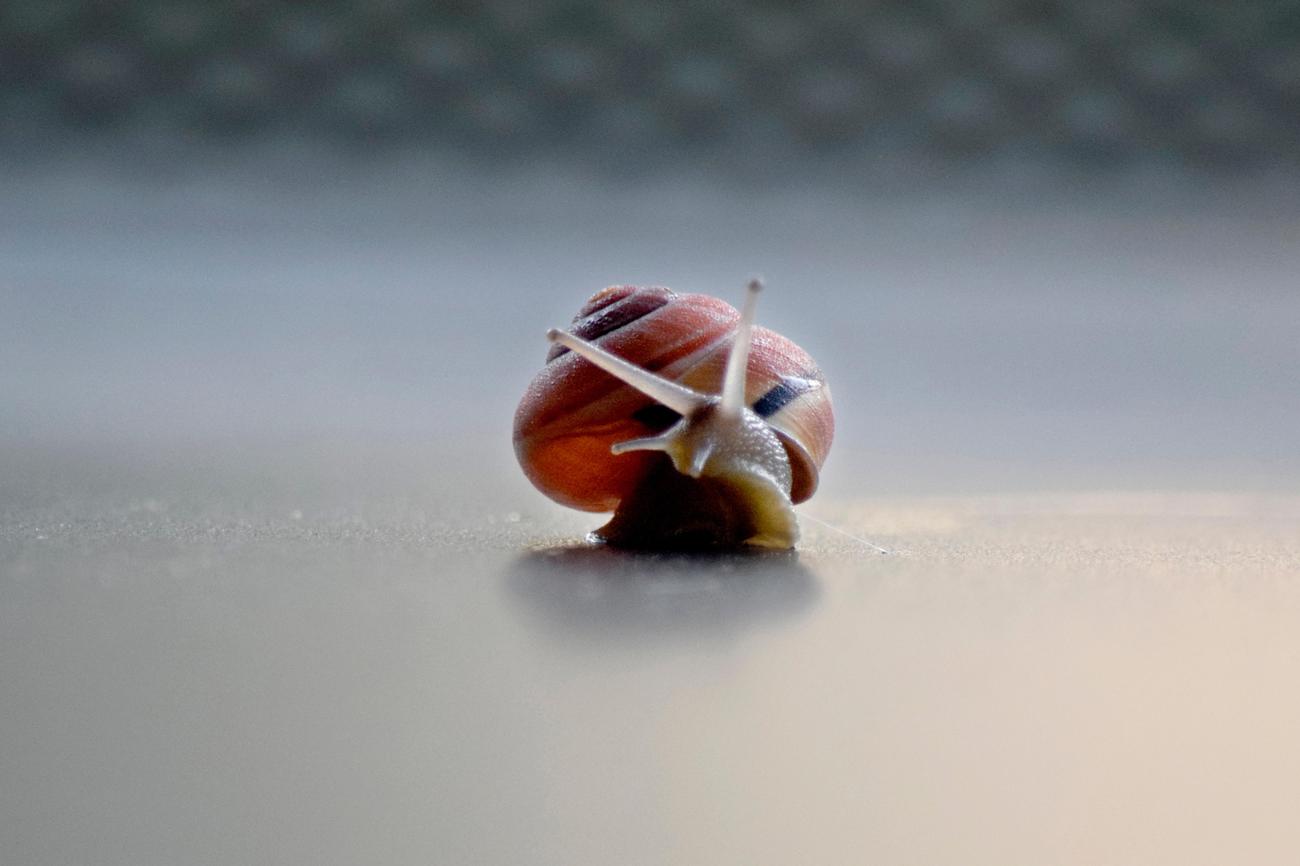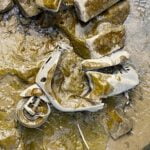Are your kids curious about the slimy, gooey substance that seems to be all the rage? Look no further! In this exciting article, we embark on a captivating science education adventure, exploring the fascinating world of slime facts for kids. Get ready to dive into the exciting realm where science and fun meet, as we uncover the mysteries behind this sticky sensation. Delve into a world of captivating facts and enrich your child’s scientific knowledge, all while having a blast with slime! So, strap in and let’s begin our slimy journey!

Slime Facts for Kids
Slime is not just a gooey, sticky substance that kids love to play with; it’s also an incredible scientific wonder! In this exciting science education adventure, we will dive into the world of slime and uncover some captivating facts that will leave you amazed. So, buckle up and get ready for a slimy ride!
Slime: More than meets the eye
Did you know that slime is not just a liquid or a solid? It’s actually a non-Newtonian fluid, which means it can behave like both at the same time! Imagine that – a substance that can change its properties right before your eyes. It’s like having a magical goo that can flow through your fingers like a liquid, but also take the form of a solid ball when you squeeze it. Now that’s slime-tastic!
“Slime is like an enchanted material that can transform itself from liquid to solid in the blink of an eye!”
Slime in nature: Nature’s slimy superheroes
Have you ever wondered why some animals and plants have slimy surfaces? Well, slime acts as their natural protection against dirt and harmful bacteria. Just like how we use soap to clean our hands, mucus – a type of slime – acts as a protective shield for these amazing organisms. It’s like wearing a slimy suit of armor that keeps them safe and healthy. Nature truly has some slimy superheroes!
“Think of slime as a superhero’s cape, shielding animals and plants from the evil clutches of dirt and bacteria!”
Slime as a toy: Let the slimy fun begin!
Are you ready to dive into the world of DIY slime? Slime can be made right at home using simple ingredients like glue, borax, cornstarch, or shaving cream. In just a few steps, you can create your very own slimy masterpiece. It’s like becoming a scientist in your own lab, mixing magical potions to create a squishy, stretchy, and fascinating substance. The possibilities are endless!
“Get ready for a slimetastic adventure in your own kitchen – transform ordinary ingredients into an extraordinary playtime!”
Slime through the ages: From pranks to pop culture
Did you know that slime has been around since the 1970s? It started as a popular toy and a mischievous prank. People would pour slimy concoctions over each other, creating a hilarious mess. But slime didn’t stop there! It became a symbol of fun and messiness in TV shows and movies, captivating the imaginations of children worldwide. Slime took the world by storm, proving that gooey fun never goes out of style!
“Slime has made generations laugh and squirm, leaving a trail of gooey memories across decades of fun.”
Slime’s hidden world: Slime mold
Prepare to enter the fascinating world of slime mold! Did you know that slime has over 900 species of slime mold? These incredible organisms, which are actually amoebas, grow on decomposing things like leaves and wood. They are like tiny detectives, cleaning up the mess left behind by nature. Slime mold teaches us that even in decay, something beautiful and slimy can emerge.
“Slime molds are nature’s cleanup crew, turning decomposing things into a slimy spectacle of renewal.”
Slime’s secret powers: Healing through goo
Did you know that slime has some surprising healing benefits? Slime has been found to reduce symptoms of stress and anxiety. Playing with slime can help calm the mind and relax the body, acting as a stress ball for your imagination. So, the next time you’re feeling a bit overwhelmed, why not give slime a squeeze and let its gooey magic melt away your worries?
“Slime has a hidden power – the power to soothe and heal, turning stress into squishy serenity.”
Slime is truly an amazing substance that can change its state, protect nature, entertain, and even heal. Who knew that a simple gooey material could be so captivating? So, get your hands in that slime and let the slimy adventure begin!
Slime Facts Table
| Fact | Description |
|---|---|
| Slime is a non-Newtonian fluid | It can act like both a liquid and a solid simultaneously |
| Slime in nature | Slime, like mucus, protects animals and plants from dirt and bacteria |
| Slime as a DIY toy | Homemade slime can be created using materials like glue, borax, and cornstarch |
| Slime’s rise in popularity | Slime became popular in the 1970s and is now an iconic symbol of fun |
| Slime mold | Slime mold is a type of amoeba that grows on decomposing matter |
| Slime’s healing benefits | Slime can help reduce stress and anxiety |
If you’re looking to entertain your kids with something fascinating and ooey-gooey, look no further! We’ve compiled a list of 10 Fun Facts About Slime For Kids that will surely capture their attention. From its origins to the science behind it, this list will keep them engaged and entertained. So, what are you waiting for? Dive into the world of slime by clicking here: 10 Fun Facts About Slime For Kids. Let the slimy adventure begin!

FAQ
Question 1
What is slime made of when used as a toy?
Answer 1
When slime is made as a toy, it can be created using ingredients such as glue, borax, cornstarch, or shaving cream.
Question 2
Can slime act like both a solid and a liquid?
Answer 2
Yes, slime is classified as a non-Newtonian fluid, which means it can behave as both a solid and a liquid at the same time.
Question 3
Where can slime be found in nature?
Answer 3
Slime can actually be found in nature as mucus, which helps protect animals and plants from dirt and bacteria.
Question 4
When did slime become popular as a toy?
Answer 4
Slime became popular in the 1970s as a toy and a prank. It later gained popularity as a symbol of fun and messiness in TV shows and movies.
Question 5
What are slime molds?
Answer 5
Slime molds are amoebas that grow on decomposing things. There are over 900 species of slime molds known.












